The logo of Leibniz University Hannover is a visual Leibniz quote. It illustrates the binary number system initially sketched by Gottfried Wilhelm Leibniz in his New Year’s letter to Rudolph Augustus, Duke of Braunschweig-Wolfenbüttel, dated January 1697.
In order to comprehend the principle, the upper three sequences of numbers are sufficient. Here, we can see the first three powers of 2. To the left, illustrated in the binary system and to the right in the conventional decimal system.
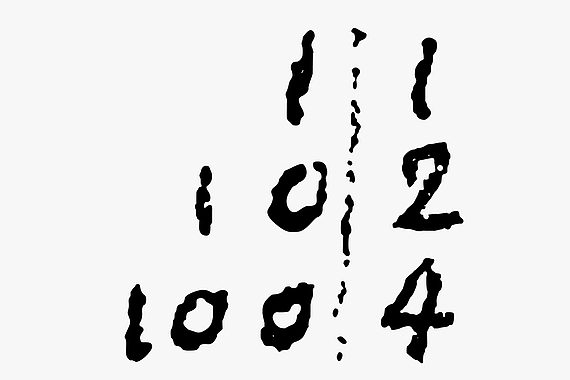
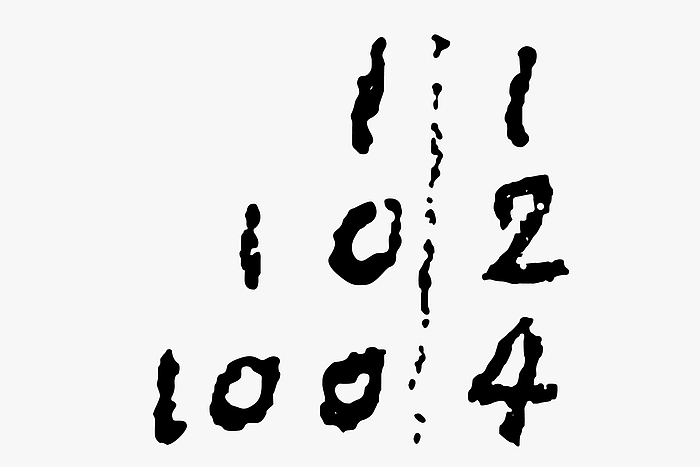
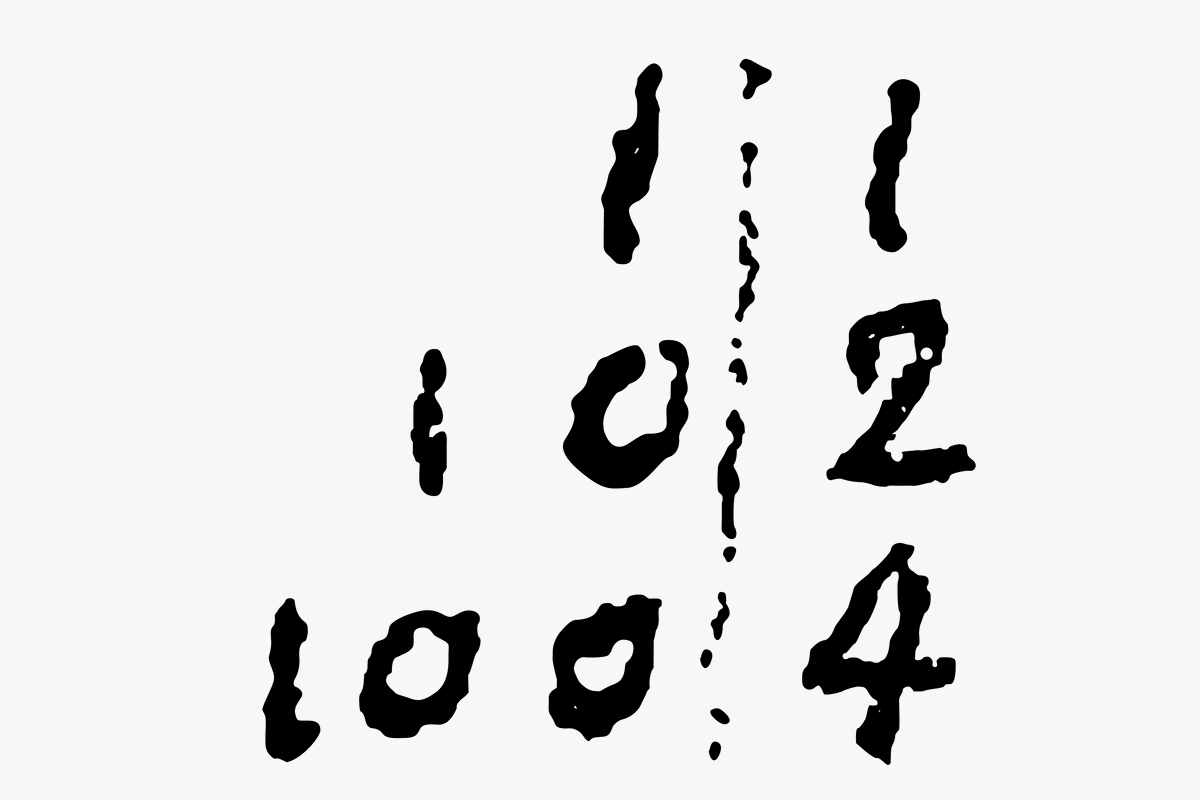
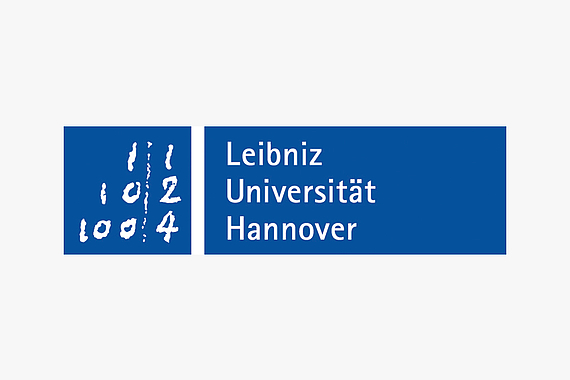
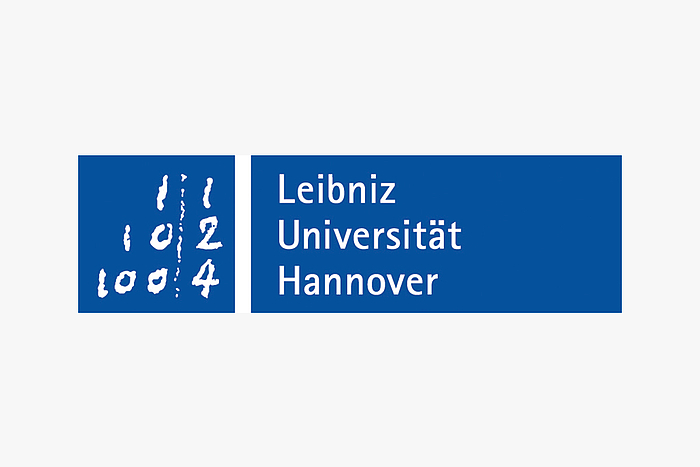
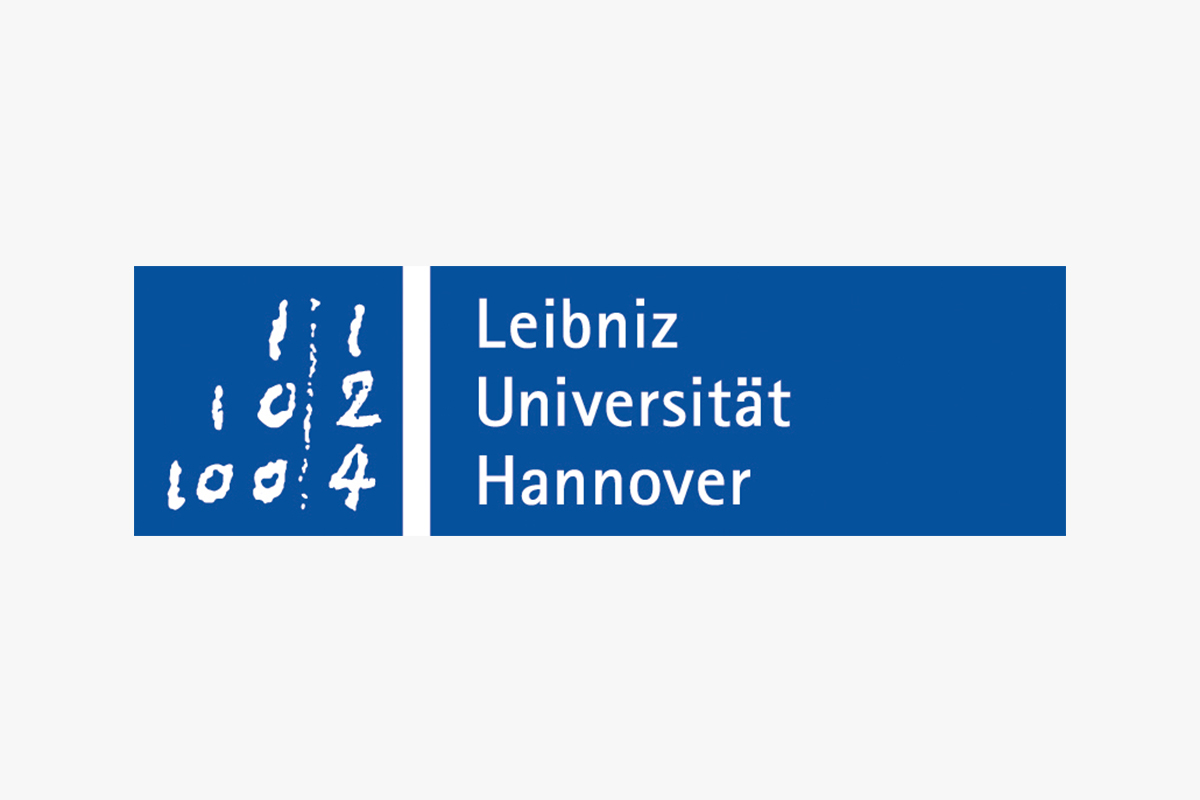
These three sequences of numbers are incorporated into a square preceding the text “Leibniz Universität Hannover”, thus depicting the logo of Leibniz University Hannover.
Authentic, intelligible, distinctive, focusing on research and long-lasting – a cutting-edge logo!
The logo of Leibniz University Hannover was designed by Prof. em. Herbert Lindinger, an Austrian graphic artist, industrial designer, exhibition designer and professor who worked in Linz, Ulm and Hannover. In addition to the logo design, he played a significant role in integrating the university name established in 2006 into the university’s corporate design.
Binary code
The binary system only uses two digits to represent numbers. In contrast to the conventional decimal system, where the digits zero to nine are used, the binary system only uses the digits zero and one. For these digits, the symbols 0 and 1 are often used. Numbers represented via the binary system are called binary numbers.
In digital electronics, numbers are represented via electrical states used in simple electric circuits, such as “power on/power off” in computers. These states can then be described with the digits 1 and 0.
The principle of the binary code
In his letter to Rudolph Augustus, Duke of Braunschweig-Wolfenbüttel, the origin of the logo, Gottfried Wilhelm Leibniz connects mathematical structure with theological and philosophical interpretations of the world.
Leibniz interpreted his number system in the sense of divine creation, where nothing (zero) and God’s word (one) create the entire world. He summarises this in the sentence “omnibus ex nihilo ducendis sufficit unum” (everything can be derived from nothing, all that is needed is one). Leibniz’s original idea connects the binary system with the understanding of the world’s creation.
Using the logo



The corporate design of Leibniz University Hannover creates a standard and distinctive appearance. Institutes, departments and other facilities of Leibniz University Hannover can therefore be recognised as an entity sharing the same brand.
This layout is used wherever the university appears visually – from letterheads and business cards to posters and flyers, as well as online. Our logo is always placed on the right-hand side and determines the alignment of all additional design elements. Our distinctive design is created in combination with the font family Rotis Sans Serif designed by Otl Aicher in 1989.











